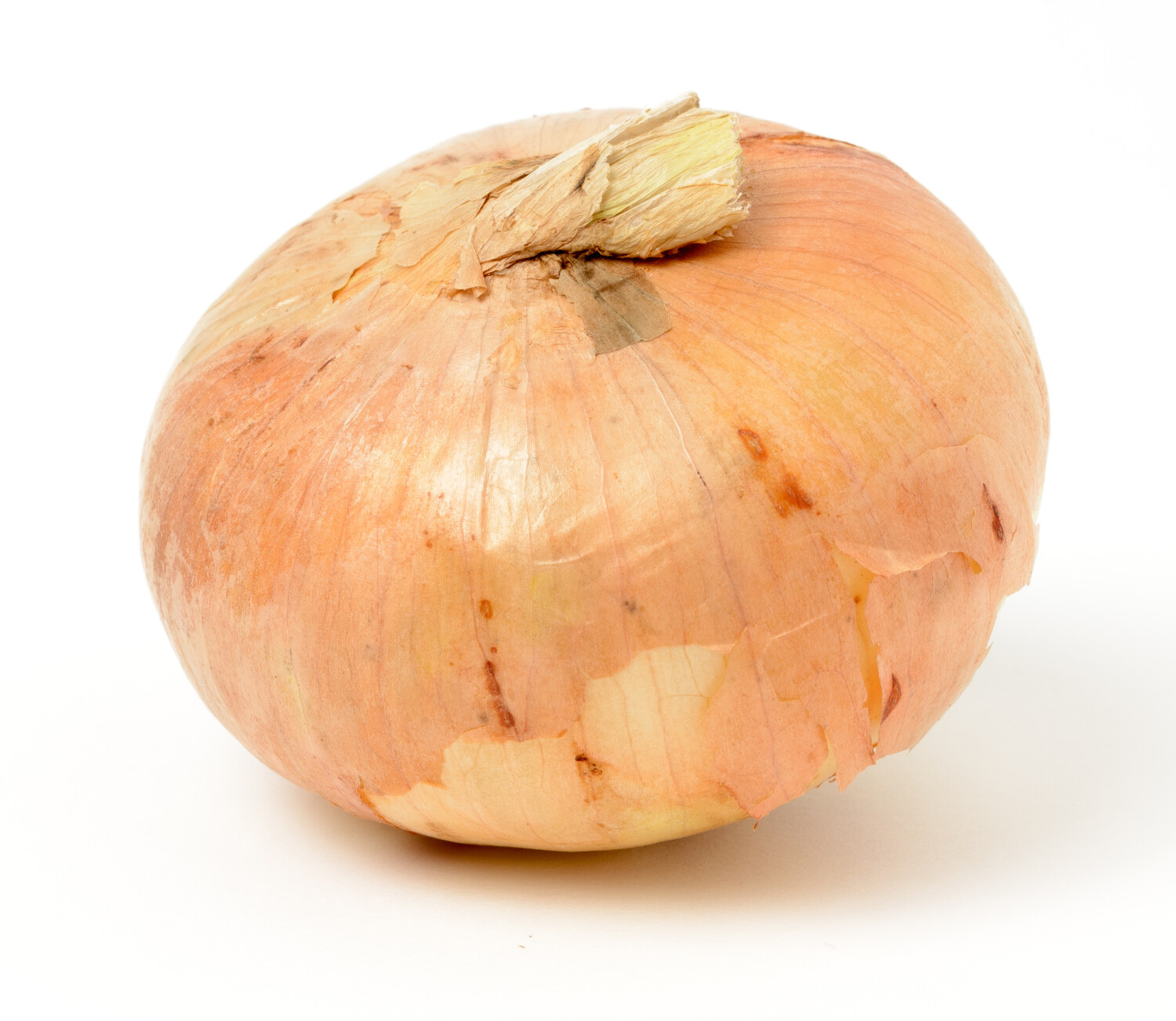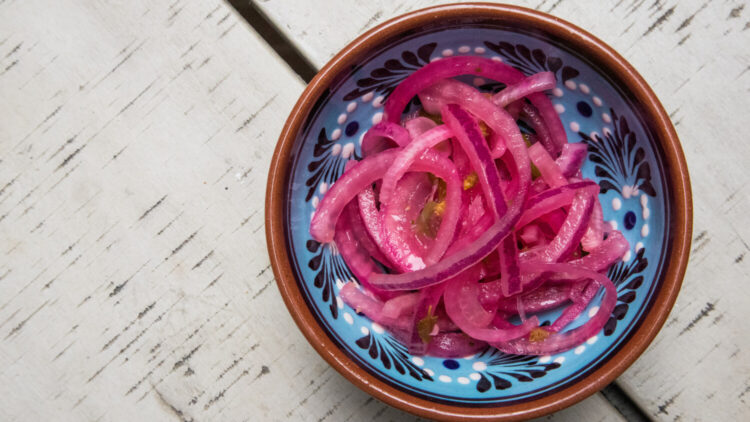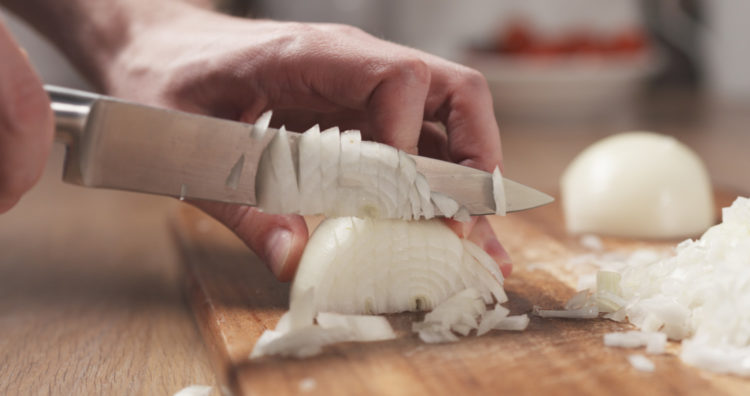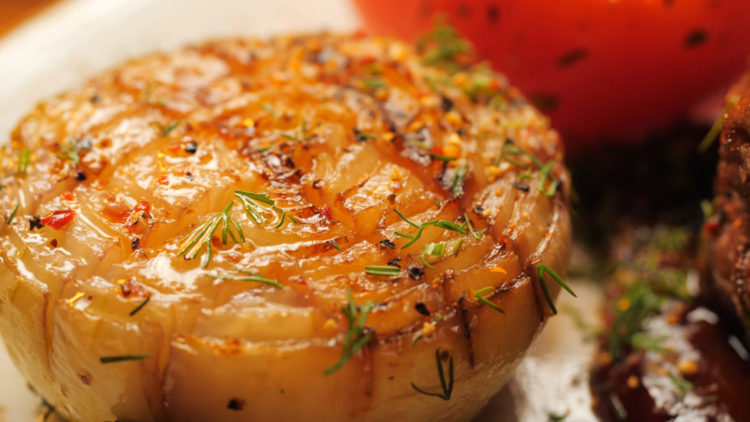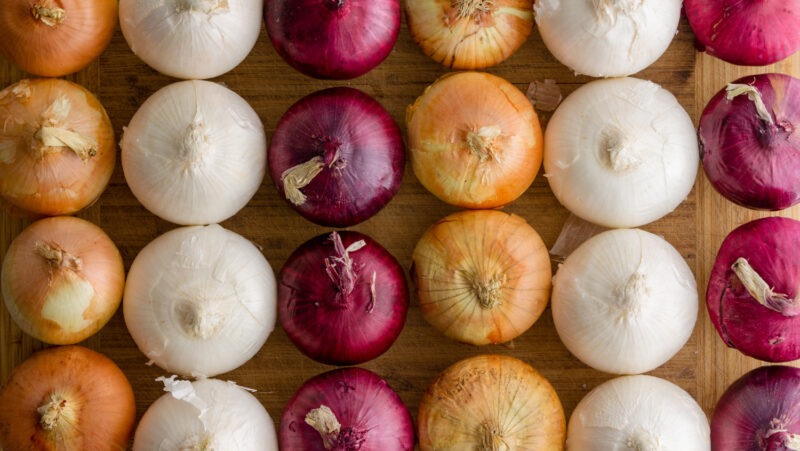What are Vidalia onions, and when should you cook with them?
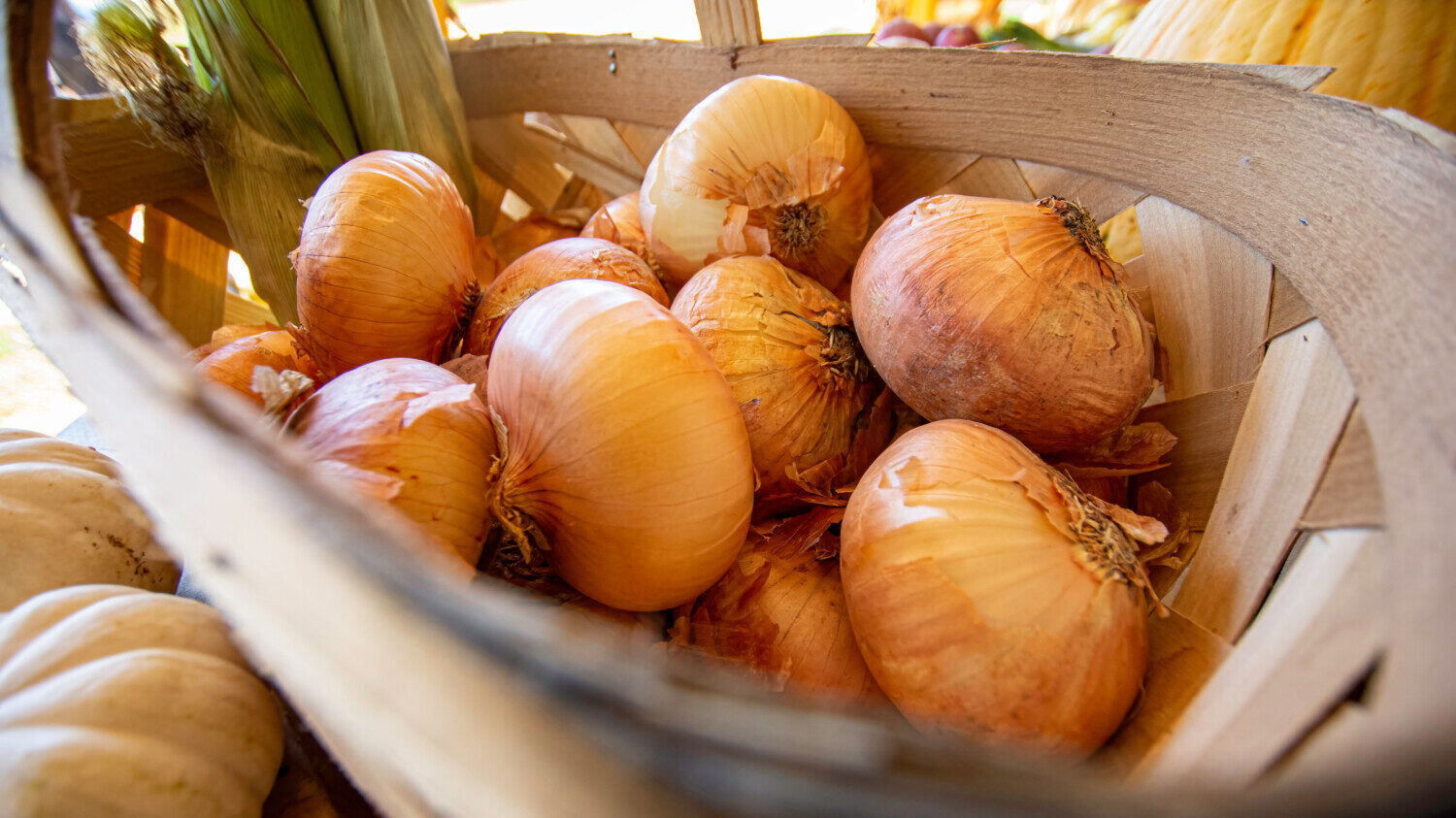
White, yellow, red, Spanish, green and Vidalia: these are just a handful of the types of onions available. While some of these may seem the same to the untrained eye, each onion possesses a unique taste that adds a different flavor profile to different dishes. The good news is you don’t have to be a professional chef to choose the right onion for your dish — but a little research does go a long way.
Vidalia onions are staples in Southern cuisine and are known for their deliciously sweet yet mild taste. Much like how Champagne is only truly champagne if it’s grown in the Champagne region of France, Vidalia onions are only truly Vidalia onions if they’ve been grown in Georgia.
To narrow things down even further, the onions can only be grown in a 20-county area of southern Georgia to be crowned with the official trademarked title of Vidalia.
What Makes Vidalia Onions Unique?
The onions are grown from a seed variety called Granex, which is rigorously tested for three years for quality control before it’s allowed to be grown. While they are a variety of yellow onions, the flavor of Vidalias is much sweeter.
Chelsea Page, spokesperson of the Vidalia Onion Committee, explained their flavor profile.
“Vidalia onions are naturally sweet but have just enough of a hint of onion for you to know that you are still eating an onion,” she said to Southern Living.
So where does this distinguished flavor come from exactly? The soil, to be exact. Well, actually, it’s what’s missing from the soil that gives Vidalia onions their unique taste.
“In the growing region there is not as much sulfur in the soil, therefore the onion does not have that pungent taste like most onions,” Page explained.
MORE: Quick-pickled onions are an easy way to brighten up any dish
How To Identify a Vidalia Onion
If you’re at the grocery store and are stumped as to how to identify a Vidalia onion, there’s a little trick that can help: If you take a look at the price look-up code (PLU) which is printed on the onion’s sticker, you’ll see the code 4159. Also, if you’re just going by visual cues, Vidalia onions tend to be flatter and more disk-like in shape than their counterparts.
Vidalia Onion Recipes
Now that you know the basics about Vidalia onions and how to identify them, it’s on to the fun part!
MORE: How to cut onions without crying
When you cook with Vidalias, you want to highlight their distinctive, sweet flavor and make sure it’s not buried under a ton of ingredients. This means it’s best to avoid adding them to dishes like casseroles or other dishes where the flavor will get lost.
Try recipes like this butter-baked onion, Pillsbury’s French onion monkey bread or create hybrid mozzarella onion rings.
How to Store Vidalia Onions
You’ll want to be on the lookout for Vidalia onions (which, by the way, is Georgia’s state vegetable) in grocery stores between mid-April and early September, as this is their growing season.
When it comes to storing them, they can be kept for as long as two months if they’re stored in a cool, dry place, and as long as six months if they are properly refrigerated. Vidalias have a high water content, so if you do decide to keep them in the refrigerator you’ll need to wrap them in a paper towel to absorb any excess moisture.


